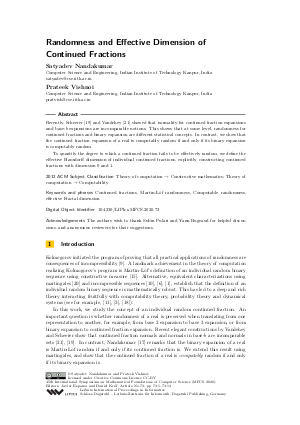LIPIcs.MFCS.2020.73.pdf
- Filesize: 474 kB
- 13 pages

 Creative Commons Attribution 3.0 Unported license
Creative Commons Attribution 3.0 Unported license



















Feedback for Dagstuhl Publishing